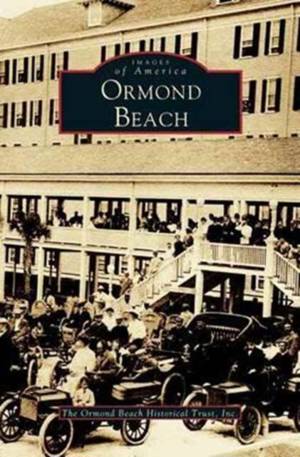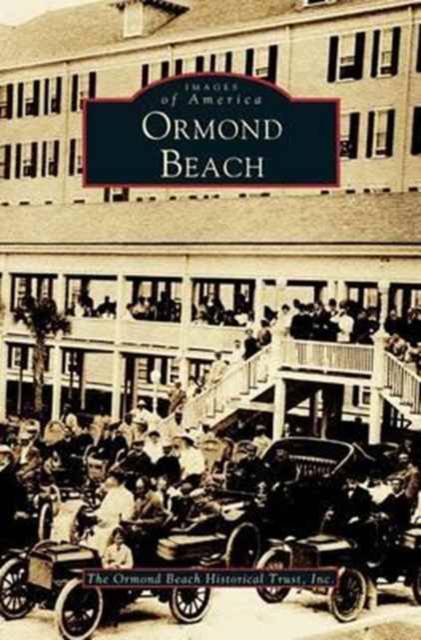
- Afhalen na 1 uur in een winkel met voorraad
- Gratis thuislevering in België vanaf € 30
- Ruim aanbod met 7 miljoen producten
- Afhalen na 1 uur in een winkel met voorraad
- Gratis thuislevering in België vanaf € 30
- Ruim aanbod met 7 miljoen producten
Zoeken
€ 55,45
+ 110 punten
Omschrijving
The Ormond Beach area's earliest known inhabitants were the Timucua Indians, whose primitive, blunt-nosed canoes skimmed the waters of the Halifax and Tomoka Rivers in
northeast Volusia County. Soon, hardy settlers also made their way to the area--brothers John Andrew and Charles Bostrom were attracted by the mighty oaks and sparkling spring water in 1868 and were soon followed by other rugged visionaries. As the town grew, entrepreneurs began their work, and one of the most famous area landmarks, the Hotel Ormond, was opened in 1888. At the turn of the century, the hard-packed white sands of the nearby beach became a natural proving ground for gas- and steam-driven horseless carriages--the original "birthplace of speed." The region was blessed with
abundant resources, a mild and inviting climate, and natural beauty, all of which served to entice John D. Rockefeller, perhaps Ormond Beach's most famous resident, to spend
his winters in the area. His three-story home now serves the community as a cultural center and museum.
northeast Volusia County. Soon, hardy settlers also made their way to the area--brothers John Andrew and Charles Bostrom were attracted by the mighty oaks and sparkling spring water in 1868 and were soon followed by other rugged visionaries. As the town grew, entrepreneurs began their work, and one of the most famous area landmarks, the Hotel Ormond, was opened in 1888. At the turn of the century, the hard-packed white sands of the nearby beach became a natural proving ground for gas- and steam-driven horseless carriages--the original "birthplace of speed." The region was blessed with
abundant resources, a mild and inviting climate, and natural beauty, all of which served to entice John D. Rockefeller, perhaps Ormond Beach's most famous resident, to spend
his winters in the area. His three-story home now serves the community as a cultural center and museum.
Specificaties
Betrokkenen
- Auteur(s):
- Uitgeverij:
Inhoud
- Aantal bladzijden:
- 130
- Taal:
- Engels
Eigenschappen
- Productcode (EAN):
- 9781531601669
- Verschijningsdatum:
- 17/11/1999
- Uitvoering:
- Hardcover
- Formaat:
- Genaaid
- Afmetingen:
- 170 mm x 244 mm
- Gewicht:
- 412 g

Alleen bij Standaard Boekhandel
+ 110 punten op je klantenkaart van Standaard Boekhandel
Beoordelingen
We publiceren alleen reviews die voldoen aan de voorwaarden voor reviews. Bekijk onze voorwaarden voor reviews.











